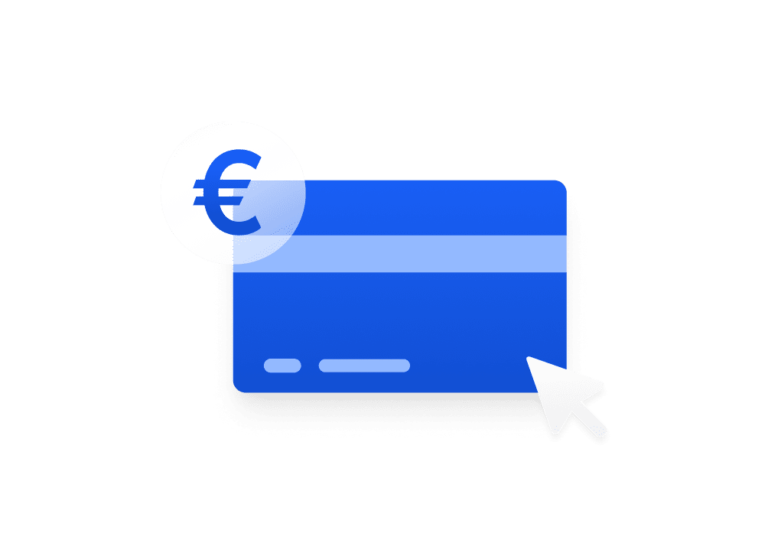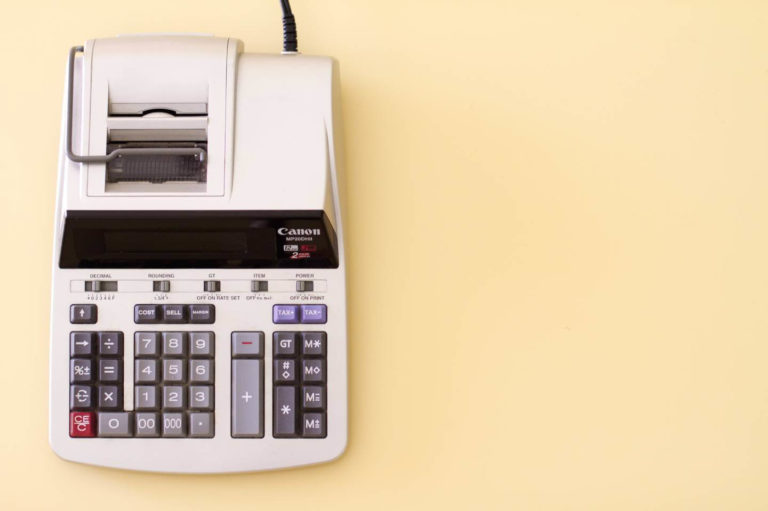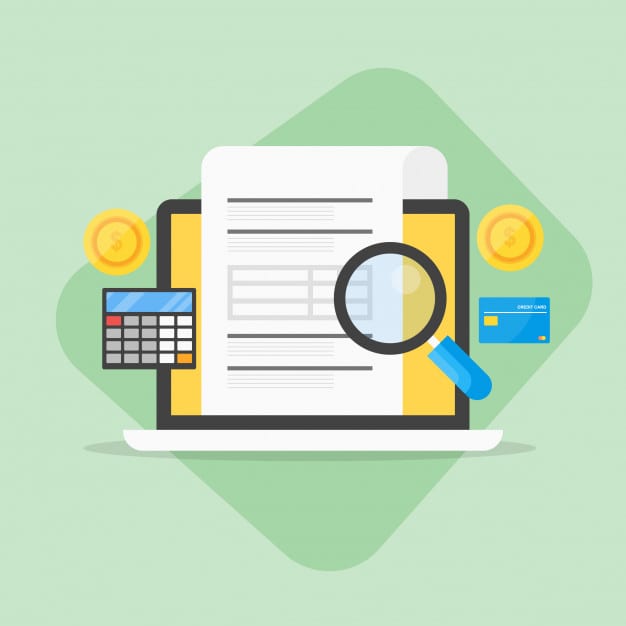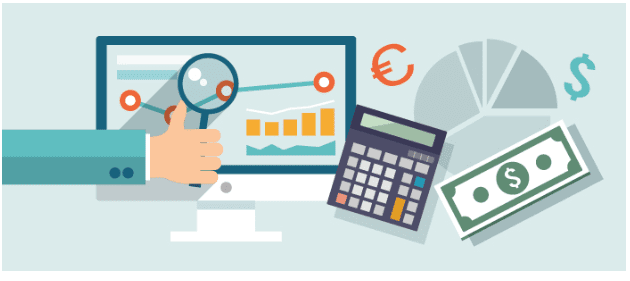An advance payment is when you pay a portion of the full payment to the supplier before the work has begun, it’s become the norm when a large project is taking place. It’s ideal for small businesses because they may not have the financial backing to undertake large projects, so this payment method can be used to cover the initial supply costs.
Advance payments ensure that the business has the funds available to cover materials and pay the staff involved. It takes discipline and planning to ensure that you avoid mismanagement of funds and run the best practices.
Why suppliers ask for an advance payment
If it’s a large project, smaller companies will need to pay in advance to ensure there are enough funds and resources to complete the work in an efficient time frame. Usually, it will be included in the original quotation, so you won’t be stunned at the last minute by a request for an advance payment.
You should be supplied with a detailed list of all the materials your supplier needs to complete the project. And as the company requesting the work, you should make sure the supplier has purchased all the materials before they begin working, you would have given them the money to do so. There’s nothing worse than a half or even 98% completed job and your supplier runs out of materials. Remember, you pay the full amount when the work is complete, so the quicker and more efficiently the work is done, the better for both parties.
How much will suppliers ask for?
The amount they will request is completely dependent upon;
- The size of the project
- The cost percentage that relates to materials buyouts
- The total cost of paying your staff
You need to appreciate that without the money to do a job, you cannot expect it to run smoothly. However, there should be no profit included, you’re simply allowing the supplier to complete the work and have the materials to do so.
Things to consider when accepting advance payment terms
You will find that there is always a risk involved when you decide to provide our vendor with an advanced payment. It’s a 50/50 risk that the project could be completed without a single problem or the supplier could up and leave with your money, leaving the project and your bank account empty.
You should take into account the following;
- Does the supplier have a good reputation?
- Is there a better offer from another supplier?
- Is the supplier an expert in what they do?
Your supplier should be completely honest about their capabilities, and you can ask for previous examples of the work they have completed.
How to account for an advance payment
If you have found your supplier that you trust to complete your project, and you’re happy to pay in advance, you will need to account for the money properly. The accounting records need to be carefully examined and created to prevent problems later on.
- Qualify the payment
An advance payment is seen as expenditure spent and both sides need to qualify the payment. It will not be qualified as an expense if the goods or services are delivered and invoiced at a later date. In this case, you’re not seeing any benefit of paying in advance.
- Create a special journal entry
The payment in advance is an expense for your company. Yet the supplier hasn’t delivered any services or products to you, and you haven’t benefited in any way. The payment is liable to the supplier, ou have paid for something and they still owe you. You should record this with date, time, and proof of payment.
- Create and link it to your customer account
If you don’t have a customer account with your supplier, you should. The details of the advance should be logged on both ends, and should be editable for further details to be entered throughout the process. Once orders and invoices are in place, they can be linked with the advance payment.
You should also:
- Ensure it can be seen in your accounts
- File the invoice you receive that clearly states the invoice payment terms
- Complete the payment once the work has been carried out
Accounting for advance payments can be a lot easier when you use a software like Holded.











